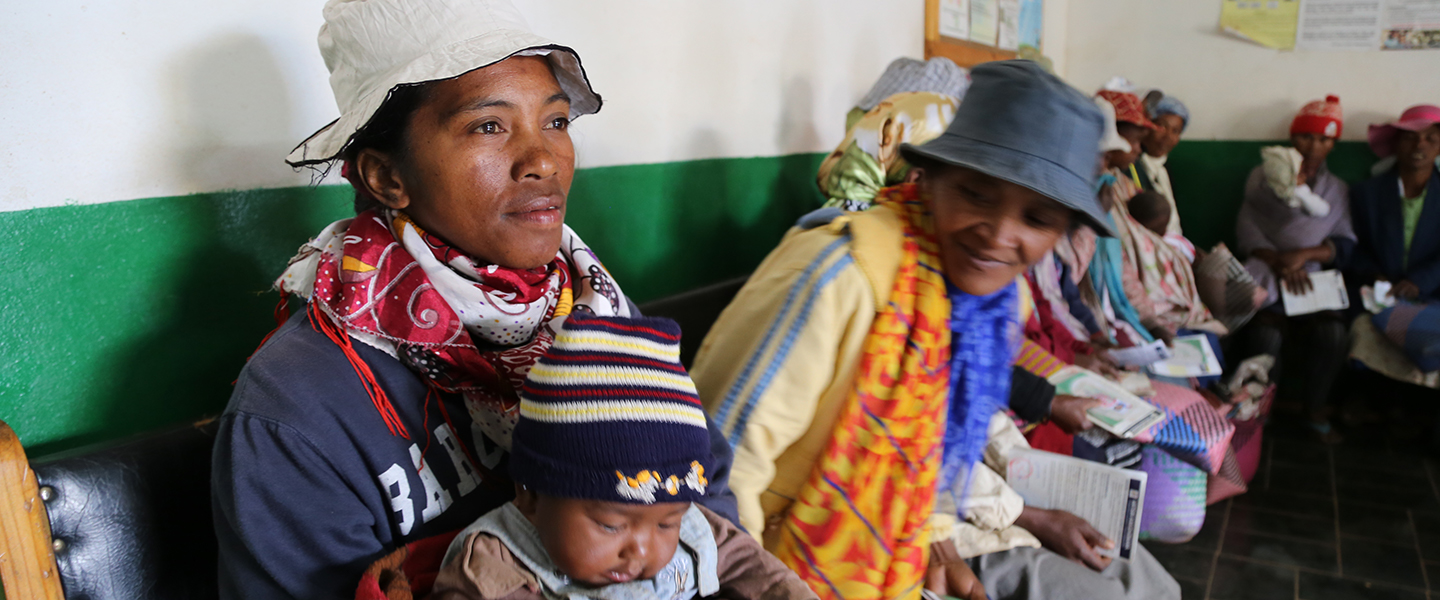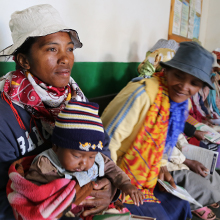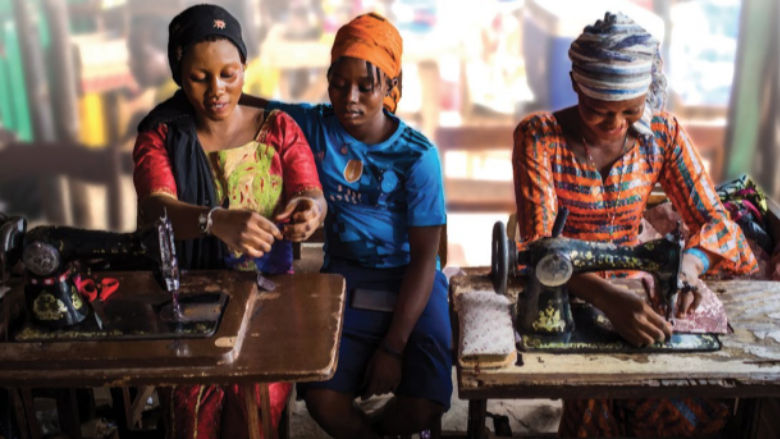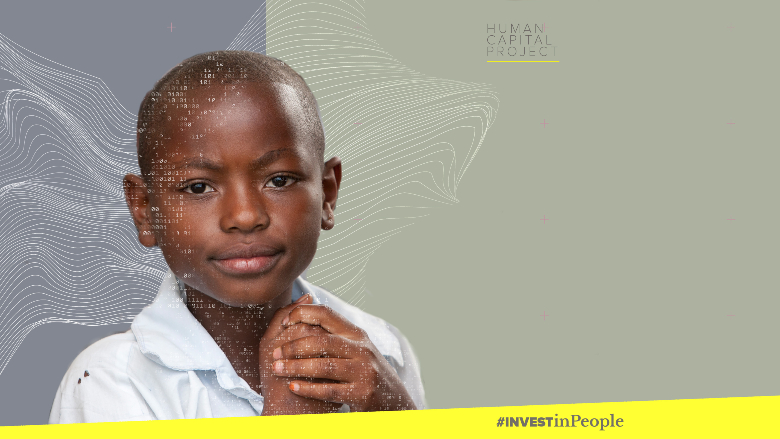Access to social protection and labor programs is critical to provide vital support for millions of people facing poverty, crises and life’s uncertainties. It helps protect people against shocks today and build resilience and human capital to make the most of tomorrow.
Social protection goes well beyond direct cash or in-kind support; it includes policies and programs that bridge skill, financial, and information gaps, helping households and workers manage crises, escape poverty, navigate transitions, and seize employment opportunities. The three pillars of social protection—social assistance, social insurance, and labor market programs—help create pathways to self-reliance and independence.
Over the past two decades, the World Bank Group’s social protection and labor programs have been helping over 222 million people across 72 countries. As of April 2025, the World Bank is providing $29.5 billion in financing, including $15.5 billion through IDA, to respond to the growing demand for social protection solutions amidst overlapping global crises. |
Well-designed social protection programs have a high return on investment. For every dollar transferred to poor families, there is an estimated multiplier effect of $2.50 in the local economy. The evidence also suggests outcomes ranging from nutrition and early childhood development to climate adaptation and mitigation to women’s empowerment and livelihood diversification.
Despite tremendous progress over the last decade, particularly during the COVID-19 pandemic, 2 billion people around the world remain uncovered or inadequately covered by social protection. Today three out of four people in low-income countries have no form of basic protection with half in lower-middle income countries lacking adequate protections. The World Bank Group is working to reach 500 million people, half of them women, with social protection and labor programs by 2030.
At the same time, we are facing significant labor market challenges: In emerging markets alone, 1.2 billion young people will be of working age in a decade. Yet, current forecasts indicate that only about 420 million jobs will be created. To tackle this looming crisis, social protection programs will be key.
Scaling up social protection programs to achieve our target and create more job opportunities demands more and better spending. Low-income countries, particularly in Africa and South Asia, where coverage gaps are highest, will continue to need additional external support.
Efficiency gains are possible through resource reallocation, away from regressive subsidies; through diversification of financing, including innovative financing mechanisms; and through digital delivery systems. It also demands redoubled attention on the knowledge agenda to develop evidence and promote learning, as well as to pursue partnerships that leverage collective action toward universal social protection.
Better use of existing resources could also make a big difference. For instance, redirecting cash transfers from the wealthy to the poor could cover nearly half the cost of providing social protection to the bottom 20%.
The new State of Social Protection Report 2025 documents advances and challenges to strengthening social protection and labor systems across low- and middle-income countries and discusses avenues to gradually close the coverage and adequacy gap for the world’s poorest. Our recent report, The State of Economic Inclusion 2024, shows that 90% of economic inclusion programs target women, with nearly one-third of all programs focusing on improving their economic participation.
Last Updated: Apr 16, 2025












